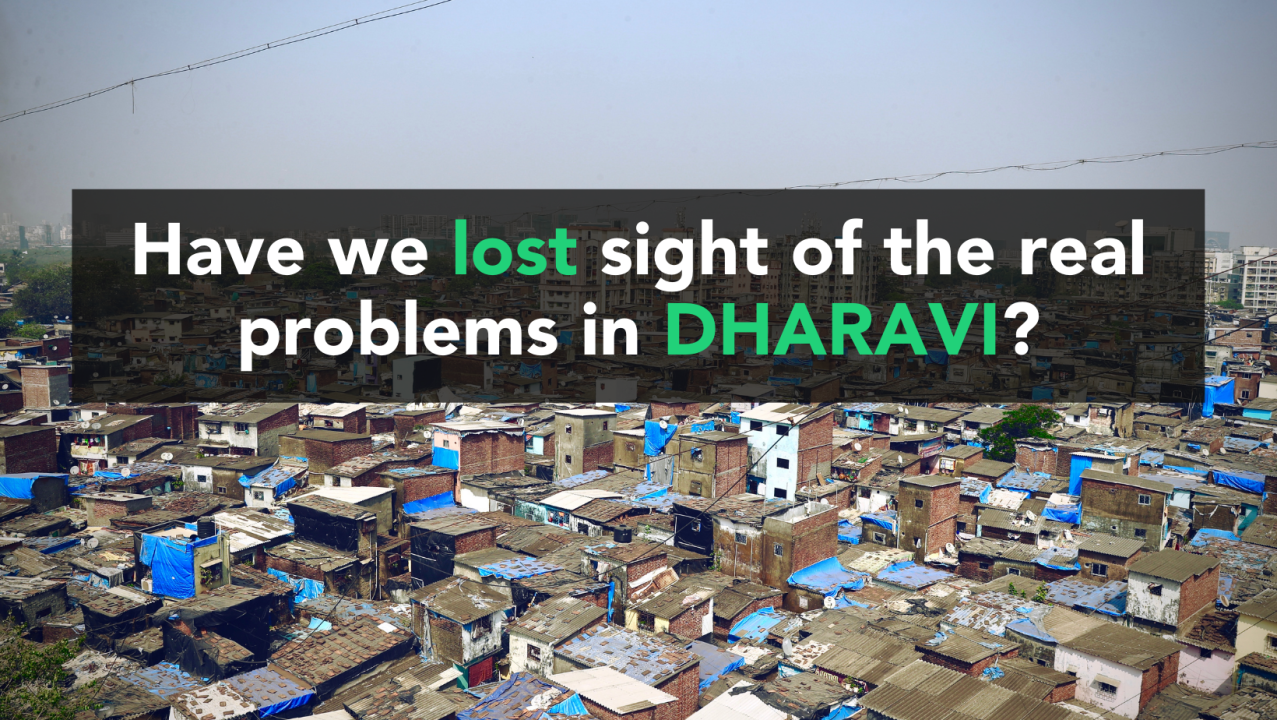Dharavi: The largest slum in India

Inida's largest slum, is an example of vitality
A billion-dollar economy, home to 15,000 small factories; and yet an unending stretch of narrow filthy lanes, open sewers, and humble dwellings; the infamous Dharavi is the largest slum in India.
750,000 people squeezed within just a little over 500 acres, Dharavi faces a severe problem of over-population. The rent is very attractive but it is short of space and basic amenities.
There is an acute water shortage and sanitation is near to non-existent. A large amount of water is lost due to water thefts, illegal connections, and leakage. The public toilets gather around 1 million dollars every day from the most impoverished for the most basic amenity. Unsurprisingly, open defecation is still a problem.
Most of the population in Dharavi are employed in the informal sector of pottery, leather, and the popular sustainable waste management. This circular economy runs effectively here, as nothing gets wasted in Dharavi. Nevertheless, the places that are not occupied, becomes an active dumping ground for the community.
With extensive air, water and land pollution, open sewage system, and lack of hygiene the place is prone to epidemics. Dysentery, asthma, cancer, and tuberculosis have been very common throughout the years. On the contrary, Dharavi’s healthcare sector is pretty much non-functional.
Living in abject poverty and being the victim of wealth inequality, residents of Dharavi lack the resources to fight climate change. Flood, fire, and drought are cyclic and not very uncommon in Dharavi. Apart from spreading disease, such adversities also affect transport, housing, infrastructure, and availability of necessities.
There are two ways to provide a better quality of life to the people of Dharavi. One, better education and employment opportunities and the second is a complete re-development project. 69 percent of Dharavi’s population is literate but the education, though free is of inferior quality. Better education would drastically increase their employability and pave a way out of poverty.
Dharavi’s redevelopment has periodically been proposed since the 1950s but has failed due to lack of finances. The latest re-development proposition has also been rejected by the local population. Inadequate accommodation space per tenant, promise of resettlement to only families who lived before 2000, and the fear of their small businesses failing to be relocated are genuine concerns that have acted as a deal-breaker.
Chants of appreciation for Dharavi has made us lose sight of its real engrained problems. Hunger, unemployment, lack of sanitation, poor healthcare, and poverty are all causes of acute suffering in the slum of Dharavi.
Covid gave us all a wake-up call. The reality on the ground is different from what has been perceived. There is a need for strategic revolution in Dharavi. The only way to do so is to conform to an overall sustainable development. FloCard innately contributes to all the 17 sustainable development goals laid down by UNDP. It is a digital business card that encourages a switch from paper-based cards. You build a trustworthy network by making meaningful connections, all via a single click. Additionally, FloCard plants trees on your behalf and enables you to track their growth.
Prioritising No Poverty (SDG1); Industry, Innovation and Infrastructure (SDG9); and Life on Land (SDG15); FloCard aims to add value towards a healthier version of the world. Dharavi just occupies 500 acres of this vast world. Start small, make your FREE FloCard at https://flocard.app/ today and become a catalyst for change.
